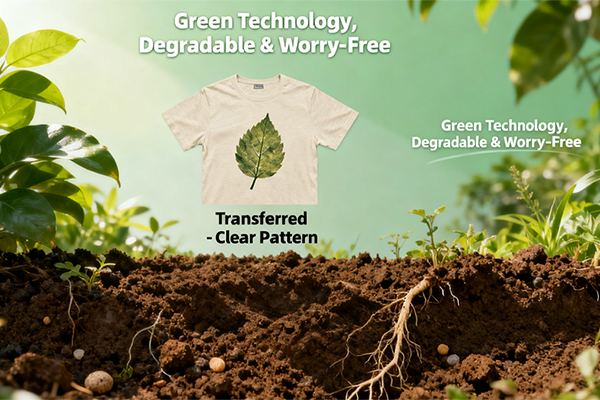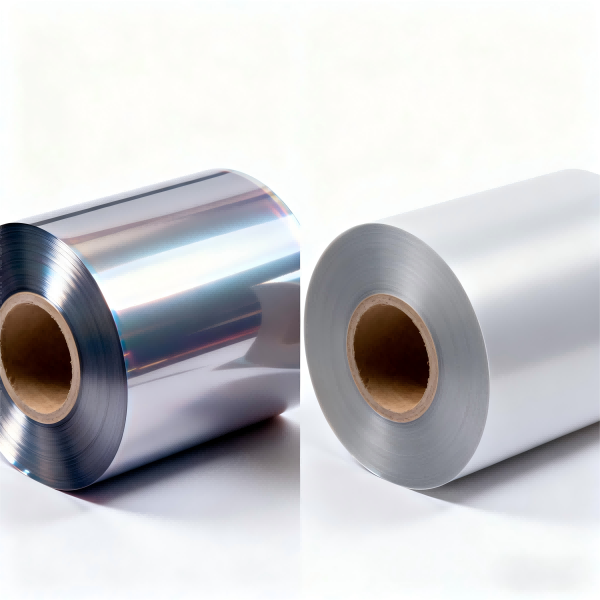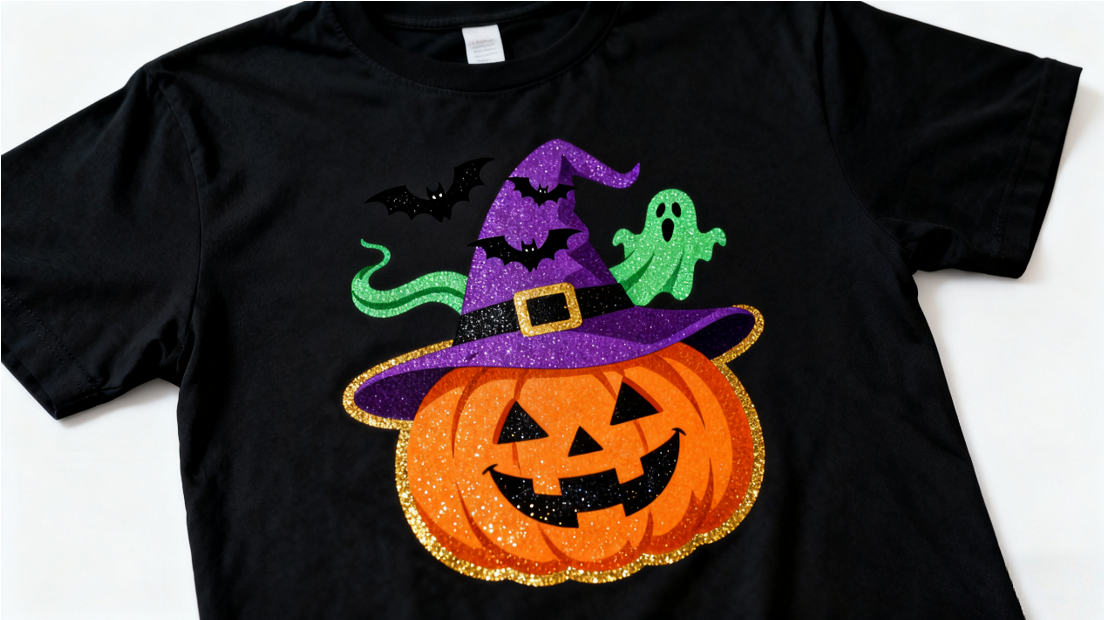The Pros and Cons of DTF film printing: A Comprehensive Guide
In the dynamic world of custom apparel printing, b...
MoreDirect to film (DTF) screen printing has revolutionized the garment decoration industry by offering a versatile and high-quality transfer method. Choosing the right DTF system is critical for businesses aiming to maximize print quality, operational efficiency, and return on investment. The selection process involves a detailed analysis of several core components and market data. Key factors include the printer's specifications, the powder shaker mechanism, and the heat press capabilities. Industry data from market leaders like DTF Superstore and Aeoon Technologies indicates that printers with Epson-based piezoelectric print heads remain the industry standard, offering a reliability rate exceeding 95% for consistent ink droplet placement. The optimal print resolution for DTF transfers is 1200 dpi or higher to ensure fine detail and smooth gradients. When evaluating printers, the ink system is equally important; a four-color (CMYK) process is fundamental, but many modern systems incorporate white ink channels for printing on dark garments. According to a 2023 industry report by SGIA, systems with automated white ink circulation and shaking mechanisms can reduce ink clogging incidents by over 80% compared to manual systems, directly impacting uptime and material waste.
The second critical subsystem is the powder shaker and curing oven. The application of hot-melt adhesive powder must be even and controlled; insufficient powder leads to poor adhesion, while excess powder results in a stiff print hand feel. Market-leading systems from manufacturers such as RiCOH and M&R utilize automatic powder shakers with 200-300 mesh screens for optimal particle distribution, achieving an adhesion strength that withstands over 50 industrial washes when paired with a properly cured transfer. Curing is typically accomplished with a conveyor dryer or a heat press. Data from practical user reviews on platforms like YouTube and specialized forums suggest that conveyor dryers set at 100-110°C (212-230°F) for 2-3 minutes provide more consistent and thorough curing than heat press methods, reducing the risk of under-curing which manifests as cracking or peeling. Furthermore, the overall ecosystem, including RIP software and ink compatibility, must be considered. Proprietary ink systems often deliver higher color gamut and durability but can lock users into a specific supplier. In contrast, third-party compatible inks may offer lower upfront costs but carry a higher risk of printhead failure; a 2024 analysis of service calls showed that nearly 65% of DTF printer failures were linked to the use of non-OEM approved inks. Ultimately, the choice depends on a business's volume, target market (e.g., fashion vs. promotional products), and long-term operational strategy, with a well-researched investment yielding a typical ROI period of 12-18 months for medium-volume shops.
Select the most popular foreign trade service products to meet your diverse needs
Learn more about the dynamics and professional knowledge of the foreign trade industry

In the dynamic world of custom apparel printing, b...
More
Third, BOPP film offers great versatility and safe...
More
Direct-to-Film (DTF) transfers offer a fantastic w...
More
BOPP Film (Biaxially Oriented Polypropylene Film) ...
More
Make your Halloween tees shine with SAILLAGE’s DTF...
More
When diving into Direct-to-Film (DTF) printing, on...
MoreSelect the most popular foreign trade service products to meet your diverse needs
Explore more content related to foreign trade services

Tel: +86 17706217416
Add: Building L2A, No. 520, Lane 1588, Zhuguang Road, Hongqiao World Center, Qingpu District, Shanghai, China
User Comments
Service Experience Sharing from Real Customers
Jennifer Martinez
Graphic DesignerThe direct to film printing quality exceeded our expectations! The colors are vibrant and the details are incredibly sharp. Perfect for our custom apparel business.
David Chen
Print Shop OwnerGame-changing technology! The DTF film transfers work perfectly on various fabrics including cotton, polyester and blends. Our production speed has increased by 40%.
Sarah Johnson
Merchandise ManagerExcellent results on our team uniforms. The prints withstand multiple washes without cracking or fading. The white ink coverage is particularly impressive on dark fabrics.
Michael Brown
Small Business OwnerAs someone new to garment printing, the direct to film system was surprisingly easy to learn. The prints come out professional-looking every time. Great investment for our startup!